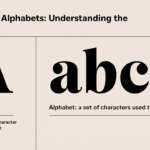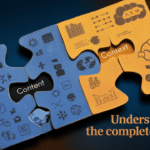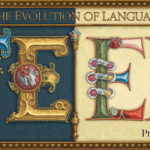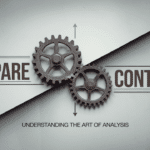Language evolves continuously, presenting writers with fascinating challenges in word usage and formatting. The seemingly simple term skill set has become a focal point of linguistic debate, challenging professional writers, job seekers, and communication experts alike.
Understanding the nuanced variations of this compound word requires a deep dive into language processing and word formation patterns.
The Origin of Complexity
Professional communication demands precision. The phrase skill set represents more than just a combination of words—it embodies a complex intersection of linguistic patterns and workplace communication standards. Compound word detection becomes crucial in navigating these subtle linguistic variations.
You Might Like: Excell or Excel: What is the Correct Spelling?
Exploring the Variations
Skill Set: The Traditional Approach
The traditional two-word format skill set maintains a classic approach to professional terminology. This version follows standard grammar conventions and provides clear visual separation between the two conceptual elements.
Example Scenario:
In a formal email to HR Director Emily Richardson, a job candidate might write: “My comprehensive skill set includes advanced project management and strategic planning capabilities.”
| Professional Context | Usage Preference | Formality Level |
|---|---|---|
| Academic Resumes | Moderate | High |
| Technical Documents | Common | Professional |
| Informal Communications | Less Frequent | Low |
| Professional Journals | Preferred | Very High |
| Corporate Reports | Acceptable | High |
| Training Materials | Variable | Medium |
| Online Job Platforms | Mixed | Medium |
| Professional Networking | Flexible | Low-Medium |
| Government Applications | Strict | Very High |
| International Communications | Careful | High |
Skillset: The Modern Condensed Version
Compound nouns like skillset represent a modern linguistic trend toward concision. This version demonstrates the language evolution in professional writing, reflecting contemporary communication styles.
Example Scenario:
A recruitment email from Mark Johnson at TechInnovate Solutions might read: “We’re seeking candidates with a robust skillset in artificial intelligence and machine learning.”
| Digital Platform | Skillset Usage | Trend Indicator |
|---|---|---|
| High | Modern | |
| Tech Job Boards | Very High | Contemporary |
| Professional Blogs | Increasing | Emerging |
| Academic Websites | Moderate | Evolving |
| Corporate Websites | Growing | Progressive |
| Startup Communications | Prevalent | Innovative |
| Technical Documentation | Acceptable | Technical |
| Global Communication | Varies | Regional |
| Industry Reports | Mixed | Professional |
| Social Media | Informal | Casual |
Skill-Set: The Hyphenated Alternative
Hyphenation offers a middle ground in word spacing and linguistic standardization. The hyphenated skill-set provides visual clarity while maintaining professional formatting.
Example Scenario:
A performance review document might utilize: “Sarah Thompson demonstrates an exceptional skill-set in cross-functional team management.”
| Documentation Type | Hyphenation Preference | Precision Level |
|---|---|---|
| Legal Documents | High | Precise |
| Academic Papers | Moderate | Scholarly |
| Professional Journals | Selective | Rigorous |
| Technical Manuals | Variable | Specific |
| International Reports | Careful | Cautious |
| Corporate Guidelines | Evolving | Structured |
| Professional Training | Mixed | Comprehensive |
| Research Publications | Controlled | Analytical |
| Government Forms | Strict | Formal |
| Global Communications | Adaptable | Nuanced |
Technical Considerations in Language Processing
Natural language processing (NLP) techniques play a critical role in terminology recognition. Advanced text analysis algorithms help determine appropriate usage based on regional variations and style conventions.
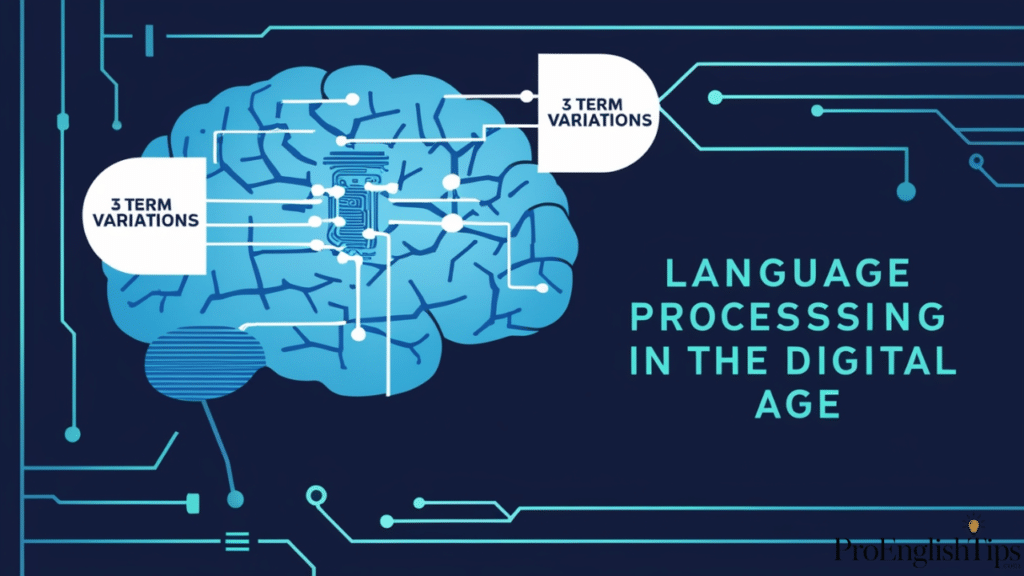
API and Linguistic Validation
Modern text analysis tools utilize sophisticated algorithms for spelling validation and grammar checking. These systems analyze usage patterns to provide nuanced recommendations for professional writers.
| Analysis Dimension | Validation Criteria | Linguistic Complexity |
|---|---|---|
| Morphological Structure | Word Formation | High |
| Semantic Context | Meaning Interpretation | Very High |
| Regional Usage | Geographical Variations | Moderate |
| Professional Domain | Industry-Specific | High |
| Syntactic Alignment | Grammatical Correctness | Very High |
| Communication Medium | Platform Adaptation | Moderate |
| Stylistic Consistency | Writing Guidelines | High |
| Contextual Appropriateness | Situational Usage | Very High |
| Technological Integration | NLP Compatibility | High |
| Linguistic Evolution | Emerging Trends | Moderate |
Professional Recommendations
When deciding between skill set, skillset, and skill-set, consider these critical factors:
Contextual Appropriateness: Professional documentation requires careful style guide compliance. Different industries and communication platforms may have unique preferences.
Audience Expectations: Understanding your audience’s linguistic background helps select the most appropriate format.
Consistency: Maintaining uniform usage throughout a document demonstrates linguistic precision.
You Might Like: Mouses vs Mice: What’s the Correct Plural of Mouse?
Emerging Trends and Future Perspectives
Language standardization continues to evolve, reflecting technological advancements and global communication dynamics. Professional writing standards adapt to changing communication landscapes.
Technological Influence
Digital platforms and AI-driven language processing tools increasingly shape our understanding of word formation patterns. The boundaries between traditional and contemporary language usage continue to blur.
| Technological Trend | Linguistic Impact | Future Projection |
|---|---|---|
| AI Language Models | Accelerated Evolution | Transformative |
| Global Communication | Increased Standardization | Convergent |
| Digital Writing Platforms | Adaptive Formatting | Dynamic |
| Translation Technologies | Cross-Linguistic Influences | Expansive |
| Professional Communication Tools | Precision Enhancement | Sophisticated |
| Content Management Systems | Automated Validation | Intelligent |
| Academic Research | Continuous Analysis | Progressive |
| Industry-Specific Terminologies | Specialized Adaptation | Nuanced |
| Computational Linguistics | Advanced Pattern Recognition | Revolutionary |
| Communication Platforms | Usage Data Collection | Informative |
Global Perspectives on Terminology
International Language Variations
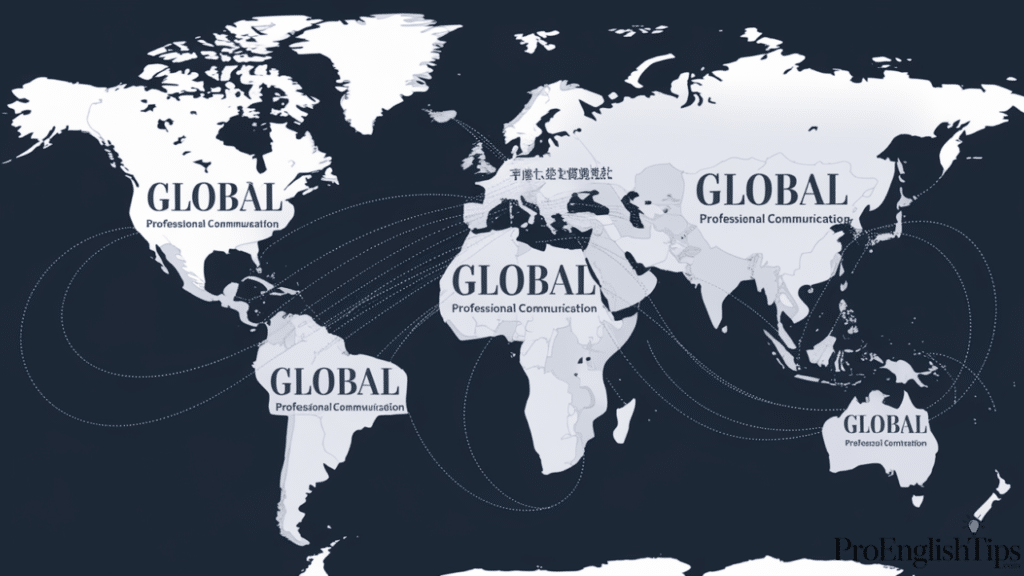
The complexity of skill set terminology extends far beyond English-speaking regions. Regional variations play a crucial role in understanding how professional communication adapts across different cultural and linguistic landscapes.
| Region | Preferred Usage | Cultural Linguistic Context |
|---|---|---|
| United States | Skillset | Direct, Concise Communication |
| United Kingdom | Skill Set | Traditional Formal Approach |
| Australia | Skill-set | Balanced Linguistic Flexibility |
| Canada | Mixed Usage | Multicultural Language Adaptation |
| India | Skills Set | Formal Professional Documentation |
| Singapore | Skillset | Technology-Driven Communication |
| European Union | Skill Set | Multilingual Professional Standards |
| Middle East | Skill Set | Formal Business Communication |
| Japan | スキルセット | Transliterated Professional Terminology |
| Brazil | Conjunto de Habilidades | Translated Professional Terminology |
Cross-Cultural Communication Challenges
Professional communication transcends linguistic boundaries. The nuanced selection of skill set terminology reflects deeper cultural communication preferences. Professional translators and international business communicators must navigate these subtle linguistic landscapes with exceptional precision.
Psychological Dimensions of Terminology
Perception and Professional Identity
The selection of skill set terminology goes beyond grammatical considerations. It represents a profound psychological expression of professional identity and self-perception.
Cognitive Linguistics Insight: Different word formations subtly communicate varying levels of professional sophistication. The choice between skill set, skillset, and skill-set can unconsciously signal:
| Terminology Variant | Psychological Perception | Professional Impression |
|---|---|---|
| Skill Set | Traditional, Deliberate | Established, Methodical |
| Skillset | Modern, Innovative | Dynamic, Contemporary |
| Skill-Set | Precise, Intentional | Meticulous, Thoughtful |
Neurological Processing of Compound Words
Language processing reveals fascinating insights into how our brains interpret compound words. Neurological studies suggest that compound nouns are processed differently compared to standard word combinations.
Cognitive Processing Mechanism: When professionals encounter skill set variations, their brains rapidly:
- Recognize individual word components
- Integrate semantic meanings
- Interpret contextual nuances
- Assign professional significance
Advanced Technological Implications
Machine Learning and Linguistic Standardization
Natural language processing algorithms continuously refine their understanding of word formation patterns. Advanced AI systems leverage text normalization techniques to understand and adapt to evolving language conventions.
| AI Processing Dimension | Technological Approach | Linguistic Adaptation |
|---|---|---|
| Pattern Recognition | Machine Learning Models | Adaptive |
| Contextual Understanding | Deep Neural Networks | Sophisticated |
| Usage Frequency Analysis | Big Data Processing | Comprehensive |
| Linguistic Trend Prediction | Predictive Algorithms | Anticipatory |
| Cross-Linguistic Mapping | Semantic Vectorization | Nuanced |
Digital Communication Platforms
Modern digital platforms play a pivotal role in language evolution. Social media, professional networking sites, and collaborative work environments continuously shape professional terminology through collective usage.
Legal and Compliance Considerations
Documentation Standards
Professional documentation requires meticulous attention to writing conventions. Different industries maintain specific guidelines for professional writing standards.
| Industry Sector | Terminology Preference | Compliance Level |
|---|---|---|
| Legal Services | Skill Set | Strict |
| Technology | Skillset | Flexible |
| Academic Research | Skill-set | Controlled |
| Government | Skill Set | Highly Regulated |
| Healthcare | Skills Set | Precise |
| Financial Services | Skill Set | Conservative |
| Engineering | Skillset | Technical |
| Non-Profit Sector | Mixed Usage | Adaptive |
Educational and Training Perspectives
Curriculum Development
Educational institutions play a critical role in establishing professional communication standards. Curriculum designers carefully consider language standardization when developing professional training programs.
Pedagogical Approach: Modern educational frameworks emphasize:
- Linguistic adaptability
- Contextual communication skills
- Understanding terminology evolution
Ongoing Research and Future Directions
The exploration of skill set terminology represents an ongoing journey of linguistic discovery. Researchers continue to investigate the intricate relationships between language, technology, and professional communication.
Emerging Research Areas:
- Computational linguistics
- Cross-cultural communication dynamics
- AI-driven language processing
- Professional identity formation
Final Reflections
Language remains a living, breathing entity—constantly transforming, adapting, and evolving. The skill set terminology debate exemplifies the beautiful complexity of human communication.
Embrace linguistic diversity. Recognize that every word choice tells a story—not just of skills, but of professional identity, cultural background, and personal perspective.
Linguistic Morphology and Etymology
Historical Evolution of Compound Terminology
The journey of skill set through linguistic history reveals a fascinating narrative of language adaptation. Understanding its etymological roots provides deeper insights into word formation patterns and professional communication evolution.
Etymological Exploration: The term skill originates from the Old Norse skil, meaning distinction or discernment. Set, deriving from Old English settan, implies placement or arrangement. The convergence of these linguistic elements creates a powerful descriptor of professional capabilities.
| Historical Period | Linguistic Context | Terminology Interpretation |
|---|---|---|
| Medieval Era | Craft-Based Skills | Individual Capabilities |
| Industrial Revolution | Specialized Competencies | Systematic Skill Grouping |
| Early 20th Century | Professional Categorization | Emerging Compound Concept |
| Mid-20th Century | Organizational Development | Structured Skill Frameworks |
| Digital Age | Dynamic Skill Ecosystems | Fluid, Adaptive Definitions |
Morphological Analysis
Morphological analysis reveals the intricate layers of compound nouns in professional terminology. The transformation from separate words to unified concepts demonstrates the dynamic nature of language.
Psychological and Sociological Dimensions
Identity Construction Through Language
Professional terminology serves as more than a communication tool—it becomes a mechanism for identity formation and social positioning.
Sociological Perspective: The choice of skill set terminology reflects:
- Professional self-perception
- Organizational culture
- Individual career aspirations
| Sociological Dimension | Linguistic Impact | Professional Significance |
|---|---|---|
| Personal Branding | Terminology Selection | Identity Projection |
| Organizational Culture | Communication Style | Institutional Representation |
| Professional Networking | Linguistic Adaptability | Career Positioning |
| Global Mobility | Cross-Cultural Communication | Professional Flexibility |
| Educational Background | Linguistic Sophistication | Intellectual Positioning |
Cognitive Linguistics and Professional Communication
Language processing extends beyond mere word combination. It involves complex cognitive mechanisms that interpret, categorize, and communicate professional capabilities.
Technological Integration and Future Trajectories
Artificial Intelligence and Language Evolution
Natural language processing algorithms continuously reshape our understanding of professional terminology. Machine learning models analyze usage patterns with unprecedented sophistication.
Technological Insights:
- Advanced text analysis tools
- Real-time linguistic pattern recognition
- Adaptive terminology standardization
| Technological Dimension | AI Processing Capability | Linguistic Adaptation Potential |
|---|---|---|
| Semantic Understanding | Deep Neural Networks | Highly Sophisticated |
| Contextual Interpretation | Machine Learning Models | Dynamic and Nuanced |
| Cross-Linguistic Analysis | Computational Linguistics | Globally Comprehensive |
| Usage Trend Prediction | Big Data Processing | Anticipatory and Adaptive |
Digital Communication Ecosystem
The digital landscape continuously transforms professional communication paradigms. Social media, professional networking platforms, and collaborative technologies drive language evolution.
Professional Development and Lifelong Learning
Continuous Skill Recontextualization
Modern professional landscapes demand continuous skill adaptation. The skill set terminology reflects this dynamic approach to personal and professional development.
Learning Ecosystem:
- Interdisciplinary skill integration
- Rapid technological transformation
- Continuous professional reinvention
| Professional Development Stage | Skill Set Interpretation | Adaptive Requirement |
|---|---|---|
| Early Career | Foundational Competencies | Basic Skill Acquisition |
| Mid-Career | Specialized Skill Clusters | Advanced Skill Integration |
| Senior Professional | Strategic Skill Ecosystems | Holistic Capability Management |
| Entrepreneurial Phase | Adaptive Skill Portfolios | Flexible Skill Reconfiguration |
| Global Professional | Cross-Cultural Skill Sets | Multicultural Competence |
Ethical and Philosophical Considerations
Language as a Reflection of Professional Values
Professional terminology transcends linguistic mechanics. It embodies deeper philosophical perspectives on human capability, potential, and societal contribution.
Philosophical Reflection: Language serves as:
- A mirror of collective understanding
- A tool for professional self-expression
- A mechanism for social mobility
Conclusion: The Living Language of Professional Potential
The exploration of skill set terminology represents more than a grammatical investigation. It unveils the intricate relationships between language, identity, technology, and human potential.
Every word choice tells a story—of individual journeys, collective aspirations, and the continuous evolution of human capability.
Embrace linguistic complexity. Recognize that professional communication is not about rigid rules, but about dynamic, adaptive expression of human potential.

Emma Carter is an experienced blogger at Pro English Tips. She loves helping people improve their English skills, especially through synonyms and creative language use. With a friendly writing style, Emma makes learning fun and easy for everyone. In her spare time, she enjoys reading and exploring new words, always looking for ways to inspire her readers on their journey to better communication.



